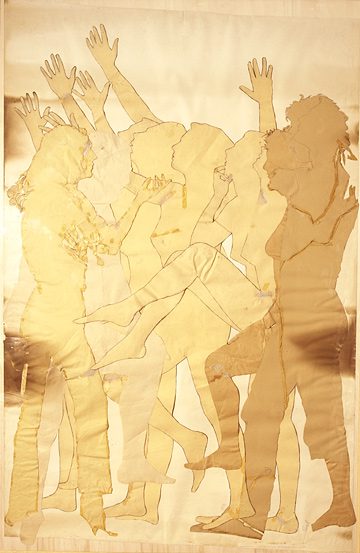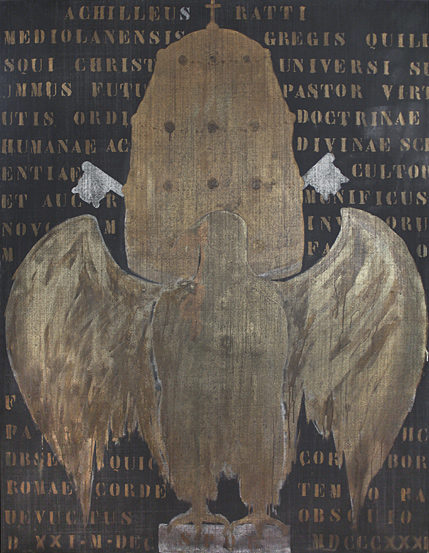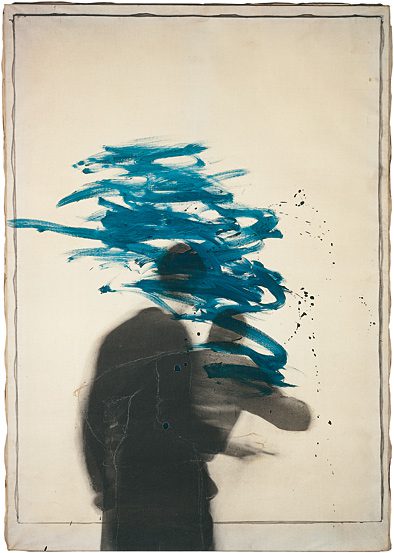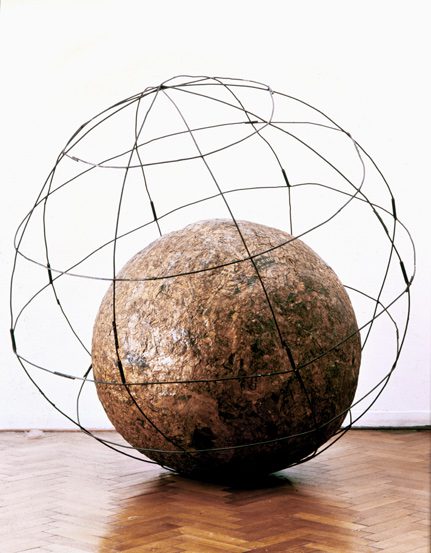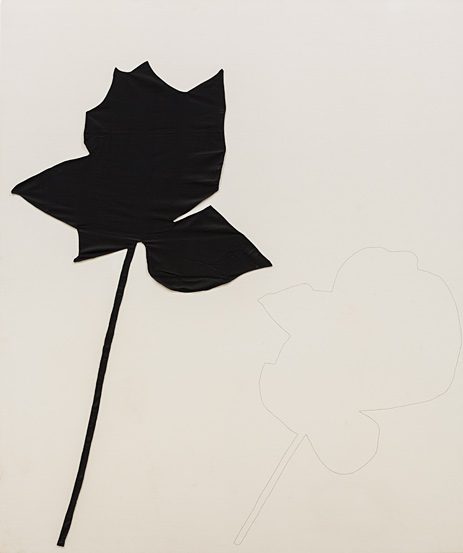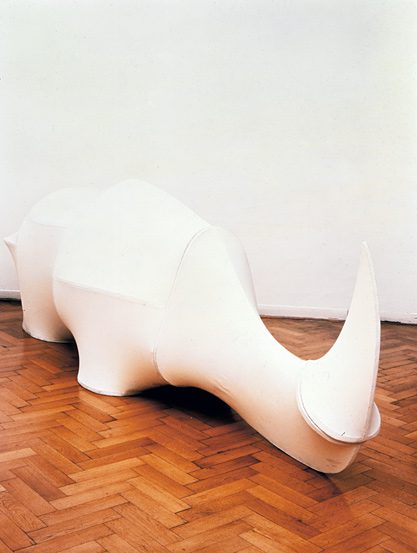ART-TRIBUTE:Imagine – New Imagery in Italian Art 1960-1969

Pendant to the exhibition “AZIMUT/H. Continuity and Newness” of 2014, which investigated the monochrome and the ‘zeroing’ of the sign that defined the Milanese Avant-Garde atmosphere during the late ‘50s and early “60s, The exhibition “Imagine. New Imagery in Italian Art 1960-1969” sets out to present for the first time an ideal mapping of artistic research in Italy in the ‘60s that deployed new ideas of figuration and of the image.
By Dimitris Lempesis
Photo: Peggy Guggenheim Collection Archive
In Italy during the ‘60s, at the height of the economic boom, artistic experimentation flourished at an unprecedented pace and intensity. The goal was to create a new vocabulary of signs and images capable of interpreting the vitality of contemporary culture and society. The exhibition “Imagine. New Imagery in Italian Art 1960-1969” draws on the richness of Italian art production in those years. The theme, the leitmotif, of the exhibition is how the figured image, transient and transformed, departing from the monochrome, served to construct a new language of representation in a little known phase of Italian art history. The exhibition, in a tightly curated sequence of galleries, lays out the multiple lines of research of several of Italian artists who, emerging from the zeroing of the Neo-Avant-Garde, reconstituted a new world of images, figures, and narrative. On view are works by artists such as: Franco Angeli, Mario Ceroli, Domenico Gnoli, Giosetta Fioroni, Tano Festa, Jannis Kounellis, Fabio Mauri, Francesco lo Savio, Michelangelo Pistoletto, Mario Schifano. With no claim to definitiveness, the exhibition sets out to supersede, from the vantage point of today, the so-called ‘orthodoxies’ of the time, freeing visual research from adherence to movements or subordination to category. An intense sequence of emblematic works captures the vitality of that brief period of time, a mere nine years, and uncovers, by diversity and assonance, in an unceasing process of exchange and dialogue, that melting-pot of visual art, in a process of ‘becoming’ which gave rise to the schools and movements of future Avant-Gardes.
Info: Curator: Luca Massimo Barbero, Peggy Guggenheim Collection, 704 Dorsoduro, Venice, Duration: 23/4-19/9/16, Days & Hours: Mon & Wed-Sun 10:00-18:00, www.guggenheim-venice.it
